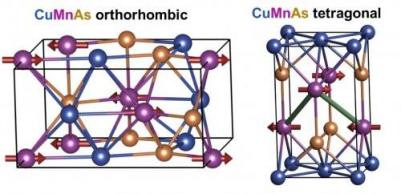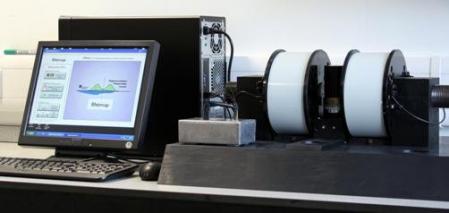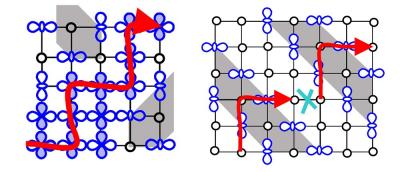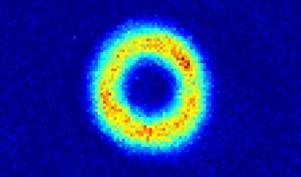New method that enables transferring materials to any substrate could push forward spintronics and related technologies
Yttrium iron garnet is a material which has special magnetic properties. A new process, developed by physicists at Martin Luther University Halle-Wittenberg (MLU), allows for it to be transferred to any material. The new method could advance the production of smaller, faster and more energy-efficient components for data storage and information processing.
Magnetic materials play a major role in the development of new storage and information technologies. Magnonics is an emerging field of research that studies spin waves in crystalline layers. Spin is a type of intrinsic angular momentum of a particle that generates a magnetic moment. The deflection of the spin can propagate waves in a solid body. "In magnonic components, electrons would not have to move to process information, which means they would consume much less energy," explains Professor Georg Schmidt from the Institute of Physics at MLU. This would also make them smaller and faster than previous technologies.





